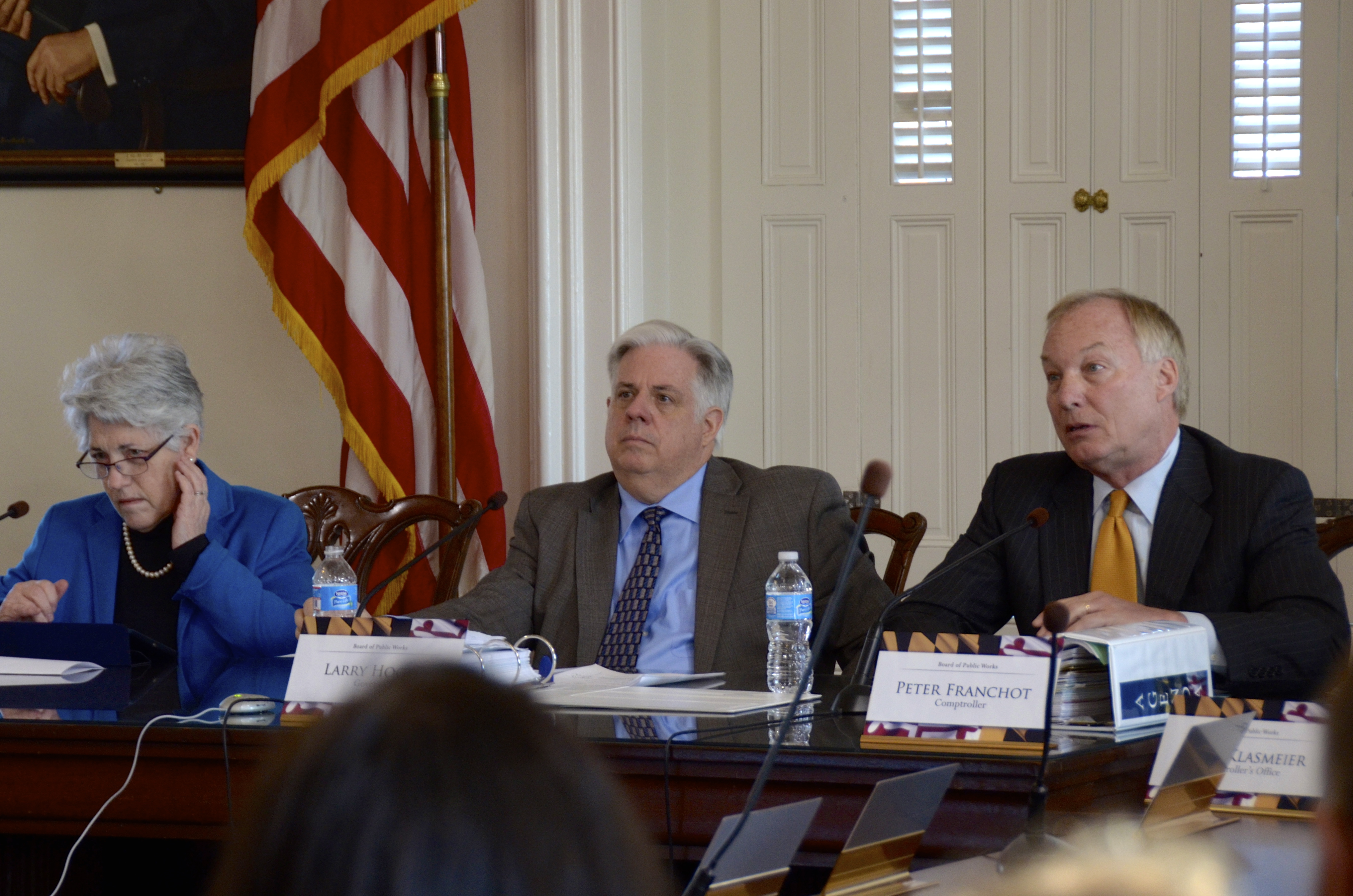By R. Dean Kenderdine
Executive Director, State Retirement Agency
While we can certainly agree with Mr. Hayward’s opening statement that the Maryland State Retirement and Pension System “suffers from chronic underfunding,” we must part company with his assertion that reforms to the System over the last four years have not addressed the problem.
To the contrary, thanks to the reforms enacted by the legislature in 2011 and its subsequent action in 2013 to return the System to an actuarial required contribution—by phasing out of the “corridor funding” methodology over 10 years—the fund is on a trajectory to full funding.
When the reforms of 2011 were enacted, it was anticipated that the System would be 80% funded by 2023, provided—among other assumptions—that the System’s investments met or exceeded an expected rate of return (7.65% this year).
Thanks to strong investment gains that have exceeded the expected rate of return over the last couple of years, the system is actually on track to reach that funding level two years sooner.
Changes have reduced total future costs
Mr. Hayward’s assertion that the “true cause” for improvement in the system’s funded status lies only with investment performance, gives short shrift to the underlying truth that the reforms are now reducing total future costs as planned.
To be sure, demographic assumptions are a key part of the equation in determining future funding of the System. Mr. Hayward is mistaken to proffer the notion that this somehow has eluded the System and our actuary.
We have long anticipated the “silver tsunami” of which he speaks. That’s what actuaries do: project a variety of demographic assumptions decades into the future, including the anticipation that the work force grows older and retires. This demographic information has always been factored in the contribution rates paid by the state and is adjusted regularly based upon experience studies conducted every four years by the Board of Trustees.
When it undertook the reforms in 2011 and subsequent changes in the System’s funding methodology in 2013, the Legislature understood that it would take up to 25 years to achieve full funding. We’re just four years in and it’s quite clear that we are headed toward that goal—maybe sooner. All that is required is continued commitment on the part of system stakeholders.







In my view defined benefit pensions for state and local government employees should be eliminated and replaced with 401k type defined contribution plans. The temptation for elected officials to promise benefits that are not paid until decades later is simply a recipe for fiscal disaster. This is already proven by the problem of “chronic underfunding.”
It is truly wonderful to have a front row seat at a “government-speak” seminar, such as the one given above by Mr. Kenderdine. He appears to be really happy that if everything goes perfectly for the next eight years – perfectly – the retirement system will be 80% funded. This is how our government officials see the world: 4/5 funded in eight years is….really good! The operational concept appears to be: “we’re getting there, sort of….” Now, I recognize that this matter is not of Mr. Kenderdine’s making. The fault, of course, lies in Annapolis. But, by golly, we’re sort of getting there….. Anyone wonder why the state has chronic fiscal problems?
I agree with you, Paul !
And nobody involved gets penalized…